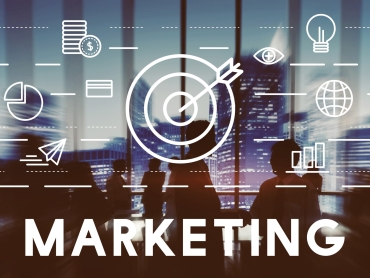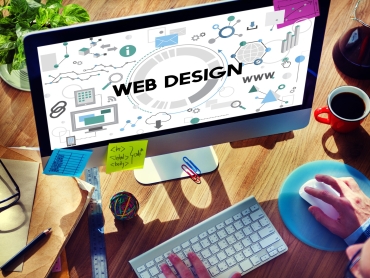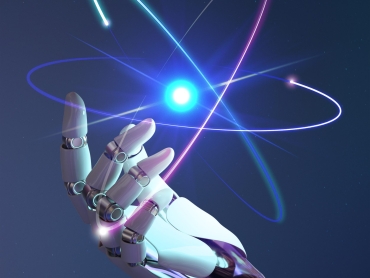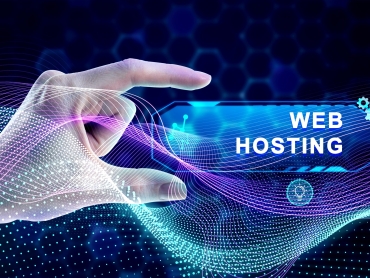Enterprise Resource Planning (ERP) systems have become one of the most essential tools for modern organizations striving to stay competitive in a digital-first world. No longer limited to managing finance and accounting, ERP solutions now integrate nearly every aspect of business operations—supply chain, customer relationship management, human resources, project planning, analytics, and more.
The rise of cloud computing, artificial intelligence (AI), machine learning, and automation has transformed ERP from a back-office system into a strategic enabler of growth. Modern ERP systems are not just about efficiency; they are about connecting technology with strategic planning to help businesses scale, innovate, and adapt quickly.
In this article, we’ll explore the evolution of ERP systems, the key features of today’s solutions, the technological innovations powering ERP transformation, and how ERP aligns with strategic business planning for long-term success.
The Evolution of ERP Systems
Historical Context: From On-Premises to Digital Foundations
ERP systems first emerged in the late 20th century, when businesses needed integrated solutions to replace fragmented departmental tools. Early ERP platforms were:
On-Premises Only: Companies installed ERP software on in-house servers, requiring significant upfront investment in infrastructure.
Limited Scalability: Growth often meant adding costly hardware.
Siloed Data: Although ERPs were meant to integrate processes, their rigid design sometimes created new silos instead of eliminating them.
Despite these challenges, ERP offered something revolutionary—a unified system to manage finance, manufacturing, inventory, and HR under one umbrella.
Shift to Cloud-Based Solutions
The next leap in ERP evolution came with cloud computing. Instead of hosting systems on-premises, businesses could subscribe to ERP software as a service (SaaS). This offered:
Flexibility & Accessibility: Employees could log in from anywhere, at any time.
Lower Upfront Costs: No need for heavy infrastructure investments.
Modular Design: Companies could “pick and choose” only the modules relevant to their industry or growth stage.
Automatic Updates: Cloud ERP vendors roll out updates seamlessly, keeping businesses ahead with the latest features.
This transition to cloud not only reduced IT costs but also made ERP systems more democratic, giving small and medium-sized businesses (SMBs) access to tools previously available only to large enterprises.
Key Features of Contemporary ERP Systems
Modern ERP platforms go far beyond simple data storage or workflow automation. They now offer intelligence, mobility, integration, and user experience as core features.
1. Real-Time Reporting and Analytics
Gone are the days of waiting weeks for financial reports. With real-time analytics, managers can:
Monitor cash flow instantly.
Forecast demand with precision.
Spot inefficiencies across departments.
This capability empowers organizations to make data-driven decisions on the fly.
2. Intuitive Interfaces
User adoption has always been a challenge in ERP. Contemporary systems focus on intuitive design:
Dashboards tailored to different roles.
Drag-and-drop features.
Minimal training required for staff.
The easier the system is to use, the faster employees engage with it—driving faster ROI.
3. Mobility and Remote Access
In the age of hybrid and remote work, ERP systems have adapted with mobile-friendly solutions:
Employees can approve purchase orders via smartphone.
Field workers can update inventory in real-time.
Managers can oversee workflows from anywhere in the world.
Mobility enhances productivity, flexibility, and collaboration across teams.
4. Seamless Integration
Modern businesses rely on multiple systems—CRM, supply chain management, HR platforms, business intelligence (BI) tools, and more. ERP systems today act as a central hub, offering integration with:
CRM software to streamline customer management.
SCM solutions to track inventory and logistics.
BI tools to provide advanced insights.
This interconnectedness creates a single source of truth for all business data.
Technological Innovations Enabling ERP Systems
What sets next-generation ERP systems apart is the integration of cutting-edge technologies that take them from being operational tools to strategic assets.
1. Machine Learning (ML) and Artificial Intelligence (AI)
ERP platforms are increasingly embedding AI and ML algorithms to enhance efficiency. Examples include:
Predictive Analytics: Anticipating demand surges or supply chain disruptions.
Automated Forecasting: Helping financial teams create more accurate budgets.
Customer Insights: Identifying buying patterns and predicting churn.
AI transforms ERP from reactive to proactive, enabling companies to act on opportunities before competitors do.
2. Generative AI and Process Automation
Beyond predictive insights, Generative AI is enabling ERP systems to:
Draft reports automatically.
Generate personalized marketing recommendations.
Create optimized workflows for repetitive tasks.
Automation reduces manual labor, freeing employees to focus on strategic, value-driven work.
3. Open Architecture for Flexibility
Legacy ERP systems were notoriously rigid. Today’s platforms embrace open architecture, meaning:
Easier integration with third-party apps.
Faster adaptation to emerging technologies (IoT, blockchain, RPA).
Ability to scale as businesses grow without complete reinstallation.
This agility ensures ERP systems evolve alongside the business.
ERP Alignment with Strategic Planning
ERP is no longer just an operational tool—it has become a strategic driver for businesses.
1. Industry-Specific ERP Solutions
Vendors now provide ERP platforms tailored to industries such as:
Manufacturing: Shop floor automation, inventory optimization.
Healthcare: Patient record integration, compliance management.
Retail & Distribution: Demand forecasting, omni-channel management.
These specialized solutions ensure that ERP systems meet unique regulatory and operational needs.
2. Customer-Centric Approach
Modern ERP systems are designed around the end-user experience—not just for employees, but also for customers.
Faster response times.
Improved product tracking.
Personalized services.
A customer-first ERP strategy leads to greater satisfaction and loyalty.
3. Agility and Continuous Growth
The ERP market itself is growing rapidly, with global revenues projected to surpass $100 billion by 2030. To remain competitive, companies must:
Continuously modernize their ERP systems.
Embrace innovations like AI, IoT, and blockchain.
Stay agile to respond to ever-changing market conditions.
ERP systems thus become living ecosystems, evolving with business needs.
The Future of ERP Systems
Looking ahead, ERP systems will continue to transform as organizations push toward deeper digitalization. Key future trends include:
Hyper-Automation: Fully automated workflows, reducing human error.
IoT Integration: Real-time monitoring of supply chains and assets.
Sustainability Tracking: ERP tools measuring environmental and social impact.
AI-Powered Strategy: Systems not just executing strategy, but also helping to design it.
The future ERP won’t just support strategy—it will co-create strategy alongside leadership.
Conclusion
Modern ERP systems are far more than business management tools. They are the bridge between technical innovation and strategic planning, helping companies streamline processes, enhance customer experience, and adapt to dynamic markets.
With AI, automation, cloud computing, and open architecture, ERP systems are evolving into intelligent ecosystems that drive business success. Companies that embrace these innovations will not only achieve operational excellence but also position themselves for sustainable, long-term growth.
As digital transformation accelerates, ERP will remain at the core of competitive advantage, shaping the way organizations plan, operate, and thrive in the future.








